Results 5,261 to 5,270 of 12094
Thread: Anandtech News
-
08-18-15, 09:00 AM #5261
Anandtech: Understanding Qualcomm's ImproveTouch
Although the Xperia Z4 Tablet was announced as far back as MWC, it wasn’t until recently that the enhanced noise rejection of the touchscreen was really shown off. At first it wasn’t exactly clear how this was accomplished, but it turns out that this is a Qualcomm technology at heart, namely improveTouch. For those that are unfamiliar with this technology I've attached a video from Qualcomm demonstrating the technology below.
At a high level, improveTouch uses a Snapdragon SoC to effectively replace aspects of external touchscreen controllers. This is done by moving touch processing from the touch screen controller to the SoC’s application processor. By doing this, it’s possible to enable faster sampling rates/lower touch latency for the digitizer and more advanced noise rejection algorithms like water droplet rejection. Although improveTouch currently doesn’t support underwater touch, according to Qualcomm it’s technically possible to implement such features in the future. It’s also possible for do additional advanced context awareness/sensor fusion with this system, such as improved proximity sensing with the use of a traditional IR sensor and the touch screen.
One obvious potential pitfall of such a move would be that power consumption could increase significantly over traditional systems, but according to Qualcomm power consumption is competitive with other solutions when at the same sampling rate and processing complexity, partially because touch controller solutions tend to lag on process node. For applications where the display is off and the AP is usually asleep like double-tap to wake, improveTouch has something called the Autonomous Touch Engine, which has an MCU and other components to avoid waking up the application processor unnecessarily. In addition, the cost of such a solution is competitive as some components from a traditional touch screen solution can be eliminated. It's also worth noting that the CPU load of this system is said to be minimal, although Qualcomm didn't disclose a specific figure and it's likely that CPU load effects depend upon a large number of factors.
Although improveTouch is capable of improving user experience by reducing touch latency and more sophisticated digitizer functions like water droplet rejection, according to Qualcomm there are significant benefits on the OEM side as implementation is simpler with this architecture. By using a narrow-band filter on the analog front-end which is said to have 60 dB SNR (it isn't clear whether this refers to dynamic range, average SNR, peak SNR, or some other measure), getting the touch sensor to work well with the touch controller is easier than traditional solutions. However, it remains to be seen whether adoption for improveTouch will become significant among OEMs that use Qualcomm SoCs.
More...
-
08-18-15, 10:01 AM #5262
Anandtech: AnandTech Screwdriver Giveaway
Good morning everyone. While we wait for today's IDF 2015 keynote to start, we have another giveaway starting up this morning, this time for screwdrivers.
Our publisher, Purch, has commissioned a set of AnandTech screwdrivers to give away to you, our readers. The mutli-bit screwdriver features two reversable heads, each offering a different flathead and Phillips driver size, along with an extension arm for those hard to reach motherboard screws. And of course, no AnandTech screwdriver would be complete without the most important part, the AnandTech logo printed on the side.
There are ten screwdrivers being given away in all. To enter, please stop by our forums. We'll be taking entries until the end of August.
More...
-
-
08-18-15, 12:47 PM #5264
Anandtech: Google Announces The OnHub WiFi Router
Today Google announced that they are moving into the WiFi router market. The new router is produced through a partnership with TP-Link and it's called OnHub. Google is marketing OnHub as a router that is simple to setup, effortless to maintain, and highly reliable. Much like Apple's AirPort Extreme, the OnHub is a very tall router in order to integrate internal antennas, and it is managed via an app for your iOS or Android device. The mobile app will also allow you to see which devices are using bandwidth, and to apply QoS rules to limit devices from using too much. During setup it will automatically select the best channel for minimal interference, and can adjust on its own as necessary. Software updates are also automatically downloaded and applied, which makes it essentially self maintaining as long as Google's promise of reliable connectivity is met.
As far as specifications go, OnHub is marketed as an AC 1900 router which really says it's a 3x3 802.11ac router that which has a data rate of 1300Mbps on an 802.11ac link and 600Mbps on an 802.11n link. In addition to being a dead simple WiFi router, OnHub also comes with support for the major protocols which will be used by home automation devices, including Bluetooth Smart, Google Weave, and IEEE 802.15.4. The OnHub router is available for preorder now from various retailers in the US, and both the blue and black versions cost $199
More...
-
08-18-15, 01:35 PM #5265
Anandtech: Intel Announces Optane Storage Brand For 3D XPoint Products
At IDF 2015 this year Intel has announced that their forthcoming 3D XPoint technology based products will be sold under a new brand for the company, Optane.
The Optane products will be available in 2016, in both standard SSD (PCIe) form factors for everything from Ultrabooks to servers, and in a DIMM form factor for Xeon systems for even greater bandwidth and lower latencies. As expected, Intel will be providing storage controllers optimized for the 3D XPoint memory, though no further details on that subject matter were provided. This announcement is in-line with Intel and Micron’s original 3D XPoint announcement last month, which also announced that 3D XPoint would be out in 2016.
Finally, as part of the Optane announcement, Intel also gave the world’s first live 3D XPoint demonstration. In a system with an Optane PCIe SSD, Intel ran a quick set of live IOps benchmarks comparing the Optane SSD to their high-end P3700 SSD. The Optane SSD offered better than 5x the IOps of the P3700 SSD, with that lead growing to more than 7x at a queue depth of 1, a client-like workload where massive arrays of NAND like the P3700 traditionally struggle to achieve maximum performance.
More...
-
08-18-15, 07:00 PM #5266
Anandtech: Windows 10 Insider Preview Continues: Build 10525 Released To Fast Ring
Even though Windows 10 is now officially launched, the Insider Program is going to continue. People that have joined the preview program now have a new build of Windows 10 available to them. Build 10525 is the first build released since 10240 was shipped out in July, and the first build since the July 29th launch of Windows 10.
One of the things that has already struck me with Windows 10 is just how quickly it is being iterated even after launch. Small things are constantly being fixed, and because many of them are now being done through the Windows Store, large updates through Windows Update which require a computer restart are not always needed. However Windows Update has been busy too, with three cumulative updates rolled out in the last couple of weeks. It goes to show two things. Windows as a Service is happening, and Windows 10 when it shipped was not complete. While I think that’s kind of the new normal now, with the software never being complete and always being updated, hopefully they will pull back the pace of Windows Updates in the near future since not everyone wants to deal with a system restart every couple of days.
So let’s get on to the changes. First of all there is now the ability to customize the colors for Start, Action Center, Taskbar, and Title bars. People like to customize and this is a great addition. Hopefully these kinds of changes can be saved as themes like in the old days of Windows, and that would allow people to share their experiences. In a world of social, this seems like it can’t not happen.
The only other major change listed is improvements to the Memory Manager. In fact, it is not even new to this build, although they could have tweaked it with 10525. Memory Manager now includes the ability to compress pages if there is memory pressure. This is done as a first step rather than instantly write them to disk when there is pressure on memory, and this change improves responsiveness since it is quicker to decompress when necessary than access the disk to retrieve the pages necessary. By reducing the amount of memory used per process, Windows 10 can keep more active programs in main memory which is going to be a big help on devices without a lot of system memory. The minimum memory for Windows 10 is 1 GB on 32-bit and 2 GB on 64-bit, and we’ve seen some low cost devices shipping with the minimum, so this should be a nice improvement for them in the seat of the pants feel. What it does mean is that the System process is going to seem like it’s using more memory than past releases, since it is keeping these compressed pages in check.
In an odd twist, there are some known issues with the new build. I had wondered how much of this would happen post launch, since the last couple of builds released before launch were all about bug fixes, but it appears that Microsoft is OK with sending out less than 100% functional code to the Fast Ring. Mobile Hotspots don’t work in this build, video playback has an issue which requires an update to the Film & TV app, and optional language packs will not be available on this initial launch, but should be available later in the week.
What’s actually the most telling about how Windows 10 is being developed is that the Mobile Hotspot bug is exactly the same one as the most recent Windows 10 Mobile build released to phones last week. They really are the same code base now. It actually is not going to be a bug that affects a lot of people on Windows 10 since most devices don’t have cellular connectivity anyway, unlike the Mobile build, but if you do use this you better skip the Fast Ring on this one.
If you want to give this build a try, head over to https://insider.windows.com/ and sign up, and then go to settings and set your device to Fast Ring in Windows 10.
And, as an update, I am still finishing up the final touches on our Windows 10 Review so stay tuned for that.
Source: Windows Blog
More...
-
08-19-15, 07:46 AM #5267
Anandtech: The Moto G (2015) Review
Motorola's original Moto G was one of the first Android devices to offer what one could honestly call a good user experience at a price of around $200. It had a 4.5" 720p display, Qualcomm's Snapdragon 400 SoC, a 5MP rear camera, 1GB of RAM, and 8GB of memory. Since that time, Motorola has adopted a structure where their Moto E fills in the sub $150 range, the Moto G hovers around $200, and the Moto X acts as a several hundred dollar flagship device, although the dual Moto X launch for 2015 changes this slightly. In early 2014 we saw Motorola refresh the Moto G with support for LTE, and later in the year they did a more major refresh which bumped the display size to 5", the camera resolution to 8MP, and added the microSD slot from the LTE model of the original version.
While Motorola's 2014 refresh of the Moto G was technically a major update as far as their yearly cadence was concerned, many aspects of the phone remained the same. There was no change to the SoC or the amount of RAM, no change to the display resolution or connectivity, and no change to battery capacity. The early 2015 launch of the Moto E made things even stranger, as it shipped with some specifications that actually outclassed the Moto G, such as Qualcomm's Snapdragon 410 SoC. This put Motorola in a strange situation, which has finally been resolved with the new 2015 model of the Moto G. In my view, this is the first truly major update that the phone has seen since the original version, and you can see what improvements Motorola has made to their new mid range smartphone.
More...
-
08-19-15, 12:30 PM #5268
Anandtech: ASUS Announces A 144Hz WQHD Gaming Monitor With FreeSync
Today ASUS announced a new monitor targeted at the gaming market. The ASUS MG278Q is a 27" TN panel with a resolution of 2560x1440 and a 144Hz refresh rate. In the chart below you can see further information about the monitor and its specifications.
Being a gaming-oriented display, the MG278Q's focus is on a low response time and a high refresh rate rather than color accuracy. Since it's a TN panel it's likely that the panel has a native 6bit color depth per subpixel and uses temporal dithering to emulate 16.7 million colors, although this has not been confirmed. In addition to the 144Hz refresh rate, the MG278Q supports AMD's FreeSync technology which utilizes the Adaptive Sync feature of DisplayPort 1.2a to enable a variable refresh rate synchronized to the GPU's rendering of frames. More information about FreeSync and how it works can be found here.ASUS MG278Q Resolution 2560x1440 Refresh Rate 144Hz Panel Size 27" Peak Brightness 350nits Response Time 1ms (GtG) Viewing Angle (H/V) 170° / 160° Inputs / Outputs 1 x DisplayPort 1.2
1 x Dual-link DVI
1 x HDMI 2.0
1 x HDMI 1.4
1 x 3.5mm audio
3 x USB 3.0 (1 upstream 2 downstream)Color Depth 16.7 million colors (Likely 6bit+AFRC) Dimensions 625 x 563 x 233mm (with stand)
ASUS is yet to announce pricing fort he MG278Q, but we've seen TN displays with similar specifications from Acer and BenQ for $500-600. The MG278Q will be available in North America in early September
More...
-
08-20-15, 05:30 AM #5269
Anandtech: Sony Unveils The SmartBand 2
Today Sony announced their second generation SmartBand wearable, the SmartBand 2. Like its predecessor, the SmartBand 2 is a fitness wristband that incorporates a heart rate sensor and an accelerometer to track your movement and your heart rate throughout the day. Information relating to workouts is automatically tracked, and can be viewed in the Sony Lifelog application. Since the SmartBand 2 has a battery life of around 48 hours it can also be used for tracking health information during sleep, and can automatically trigger a vibration alarm to wake you up based on its understanding of your sleep cycle.
In addition to fitness and health tracking, the SmartBand 2 can notify you about calls, messages, and other notifications by pairing it with your Android or iOS device. The SmartBand 2 features both a vibrating motor and an RGB notification LED to ensure that you don't miss notifications. There's also support for controlling music playback on your paired smartphone, and if you have a Sony Xperia device the SmartBand 2 can warn you when you travel more than 10m from it.
As for its construction, the SmartBand 2 is made of silicone. It will come in black and white versions at launch, with pink and indigo options to follow. It has IP68 resistance to water and dust, and it will still be compatible with straps made for the previous Sony SmartBand. The Sony SmartBand 2 will be launching in 60 countries this September for a price of approximately 119 EUR.
More...
-
08-20-15, 08:34 AM #5270
Anandtech: NVIDIA Launches GeForce GTX 950; GM206 The Lesser For $159
It still doesn’t seem like it was all that long ago, but at this point it was 18 months ago when NVIDIA launched the first member of their Maxwell 1 GPU family, the GM107-based GeForce GTX 750 series. A prelude of things to come, the GTX 750 series introduced us to NVIDIA’s highly optimized Maxwell architecture, reaching new levels of energy efficiency and also work efficiency per CUDA core. What the Maxwell 1 architecture lacked that Maxwell 2 brought with us later in 2014 was support for newer features such as HDMI 2.0 and graphical features like conservative rasterization – Maxwell 1 from a feature perspective was closer to a highly power optimized Kepler in that regard.
Maxwell 1 of course was relatively short-lived before NVIDIA moved on to Maxwell 2, delivering GM204, GM206, and GM200 over the last 12 months. Given NVIDIA’s unusual rollout of Maxwell 1 and Maxwell 2, there has always been some question of if and how NVIDIA would follow up on GM107; it’s a power efficient architecture, but there’s a real feature disparity. As has become clear since then, NVIDIA is not going to rev another lower-end GPU so soon after the last one. Instead, with GM206 currently powering only a single product – GTX 960 – NVIDIA is instead going to cut down GM206 to close the gap in as reasonable a manner as the situation allows.
The end result of that is that today NVIDIA is launching the GeForce GTX 950, the Maxwell 2 update for much of the rest of NVIDIA’s lineup. As yet another GM206 SKU there are no big surprises here – we’re already familiar with GM206 – but this brings GM206’s performance and features down to a lower price point of $159.
Meanwhile on a quick housekeeping note, as today's launch comes at the tail end of Intel's IDF 2015, timing constraints mean that we won't be posting our review of the GTX 950 today. Our full review will be up next week once the show has concluded, so be sure to check back a bit later this month.
Diving into the specifications, NVIDIA has cut down GM206 in such a manner that I suspect it’s not quite as steep a cut from GTX 960 as some readers would have expected. Compared to GTX 960, GTX 950 loses one-quarter of its SMMs – going from 8 to 6 – bringing the CUDA core count down from 1024 to 768. Otherwise the memory bus/ROP clusters are left intact, with 32 ROPs connected to a 128-bit GDDR5 memory bus.NVIDIA GPU Specification Comparison GTX 960 GTX 950 GTX 750 Ti GTX 650 Ti CUDA Cores 1024 768 640 768 Texture Units 64 48 40 64 ROPs 32 32 16 16 Core Clock 1126MHz 1024MHz 1020MHz 925MHz Boost Clock 1178MHz 1188MHz 1085MHz N/A Memory Clock 7GHz GDDR5 6.6GHz GDDR5 5.4GHz GDDR5 5.4GHz GDDR5 Memory Bus Width 128-bit 128-bit 128-bit 128-bit VRAM 2GB 2GB 2GB 1GB FP64 1/32 FP32 1/32 FP32 1/32 FP32 1/24 FP32 TDP 120W 90W 60W 110W Architecture Maxwell 2 Maxwell 2 Maxwell 1 Kepler GPU GM206 GM206 GM107 GK106 Transistor Count 2.94B 2.94B 1.87B 2.54B Manufacturing Process TSMC 28nm TSMC 28nm TSMC 28nm TSMC 28nm Launch Date 01/22/15 01/22/15 02/18/14 10/09/12 Launch Price $199 $159 $149 $149
As for clockspeeds, relative to GTX 960 what we’re seeing both is and isn’t much of a cut. GTX 950 ships with a much wider delta between the base clock and boost clock than GTX 960, with a 1024MHz base and 1188MHz boost. This larger disparity is for power reasons, as a lower base clock goes hand-in-hand with tighter TDP restrictions (more on this in a sec). What this means is that GTX 950 can boost almost as high as GTX 960, but when facing a more strenuous workload it will have to back off in a manner GTX 960 did not. Meanwhile memory clockspeeds have also taken a haircut from 7GHz to 6.6GHz. This mostly seems to be for the purpose of creating an artificial distinction, as no one supplies a 6.6GHz GDDR5 speed grade as far as we’re aware.
In any case this puts the theoretical performance of the GTX 950 at anywhere between 101% and 68% of the performance of GTX 960, depending on the workload. In practice we’ll find that it’s closer to the smaller of those numbers, as most workloads are clearly shader/SMM-bound right now, feeling the pinch of fewer CUDA cores. On the other hand in the unlikely scenario of having a workload that was ROP-bound, then GTX 950 could get near-GTX 960 speeds.
The final major shift for the GTX 950 is TDP. GTX 960 was a 120W TDP part, but for GTX 950 NVIDIA is dropping the TDP to 90W. This is accomplished through the aforementioned disabled SMMs, along with greater GPU throttling (relative to boost speeds), in order to keep the card at that point. As a result GTX 950 still requires a 6-pin PCIe power connector, and the TDP drop is more about improving the card’s suitability in HTPCs or other lower-power PCs.
The end result is that NVIDIA is pitching the GTX 950 about as you’d expect it. For HTPC users who wanted what’s still the only GPU with both HDMI 2.0 support and HEVC decoding, GTX 950 is a cheaper, lower power option. Otherwise for budget gamers, like the rest of the GTX 900 series, NVIDIA is pitching the GTX 950 as the next-generation replacement for GTX 650. We’ll save the marketing for another time, but expect to see NVIDIA push the GTX 950 as the ultimate MOBA card, offering a decently inexpensive option for League of Legends/DOTA 2 users who are after both high framerates and high image quality.
As an aside, in some of the pre-release leaks I’ve seen the GTX 950 referred to by commenters as the “GTX 900 China edition” – in reference to the Chinese market’s price points and love of MOBAs – and this is probably an accurate description. MOBAs have been a big success story for PC gaming, especially over in Asia where their free-to-play nature makes them more accessible to gamers who have less disposable income, a problem that similarly makes more powerful video cards less affordable. PC video card sales volume is already inversely proportional to price and I’m sure that GTX 950 will sell well for NVIDIA worldwide as a result, but I wouldn’t be the least bit surprised if Asian (APAC) GTX 950 sales significantly outpaced North America and Europe.
Meanwhile, as the more immediate successor to the GTX 750 series, the GTX 950 represents more of a half-step up, similar to what we saw with the GTX 700 series versus the GTX 600 series. GTX 950 packs more CUDA cores than any GTX 750 series SKU, and as a result will have no problem outperforming it. But since both families are based on versions of the Maxwell architecture, it won’t be a huge jump. And low-power users will want to note that the GTX 750 series remains NVIDIA’s only sub-75W (no PCIe power connector) cards. In fact by NVIDIA’s TDP numbers GTX 950 is a bit power hungry, packing in another 128 CUDA cores, faster memory, and Maxwell 2 features in return for a 30W (50%) increase in TDP.
Finally, let’s talk about pricing and the competition. The GTX 950 will be launching at $159 – NVIDIA seemingly going $10 over the more typical price point because they can – $40 below the GTX 960 and $40 above the GTX 750 Ti, which remains on the market and retails for around $119. The GTX 950’s direct competition from AMD will be the Radeon R7 370, AMD’s latest cut-down Pitcairn GPU, which launched back in June at $149. At this point AMD can’t compete in this segment of features – simply put, Pitcairn is old – but what AMD can offer is better performance for the money, so R7 370 is still stiff competition for the GTX 950 for some market segments.
Gallery: GeForce GTX 950 Partner Cards





Since GTX 950 is based on GM206, today’s launch is a hard launch, and we don’t expect cards to be hard to come by. Partners are launching fully-custom cards right out of the gate, including factory overclocked cards. So expect retail prices between $159 for those cards closest to the reference specifications, up to $179 for the biggest factory overclocks.
Summer 2015 GPU Pricing Comparison AMD Price NVIDIA $309 GeForce GTX 970 Radeon R9 380 $199 $179 GeForce GTX 960 $159 GeForce GTX 950 Radeon R7 370 $149 $119 GeForce GTX 750 Ti Radeon R7 360 $109
More...
Thread Information
Users Browsing this Thread
There are currently 22 users browsing this thread. (0 members and 22 guests)






 Quote
Quote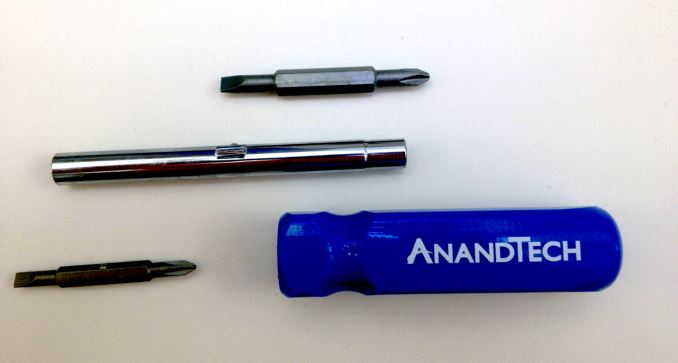
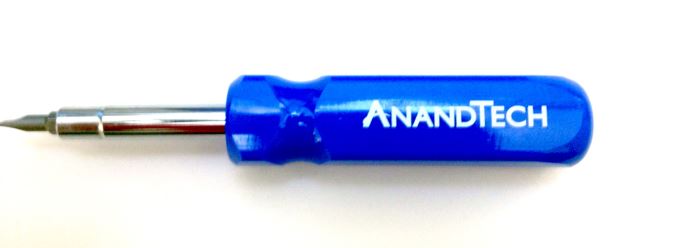
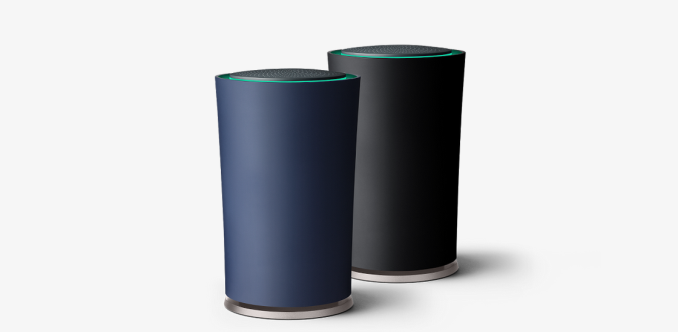


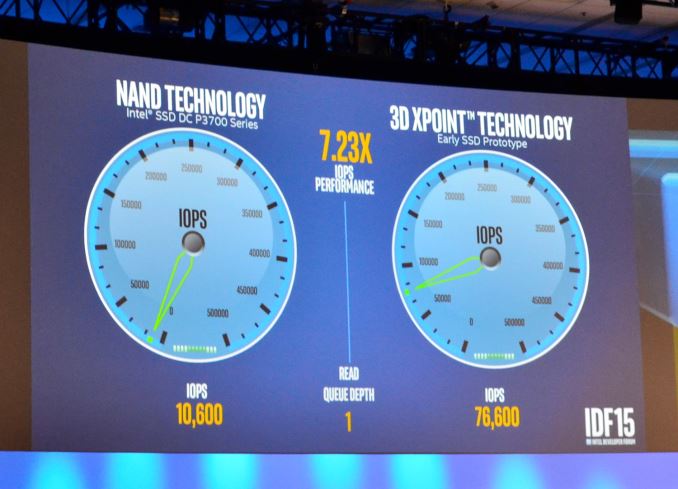


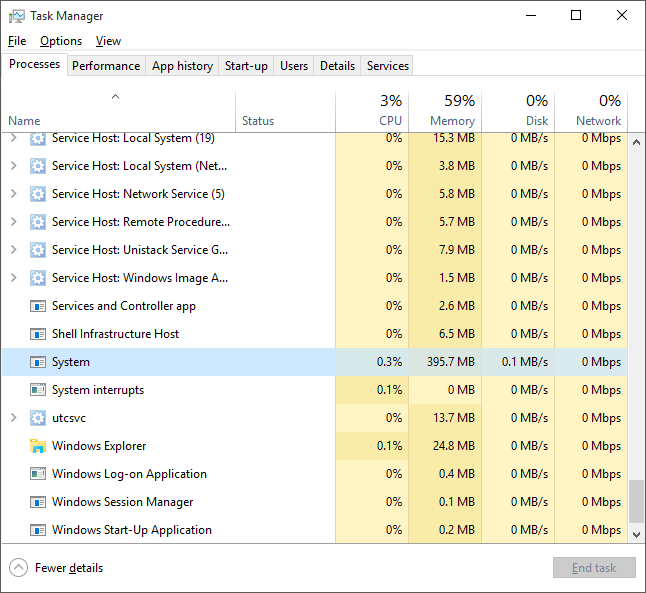



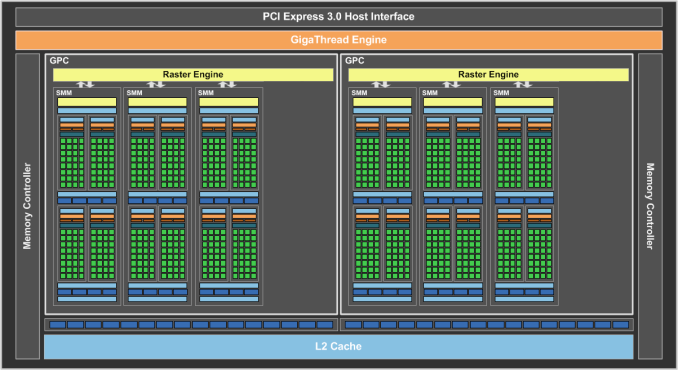
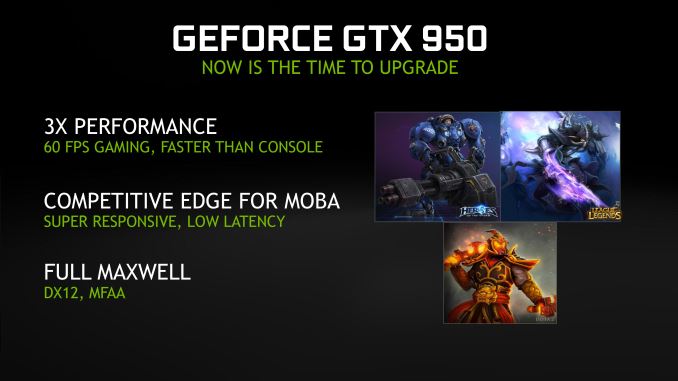
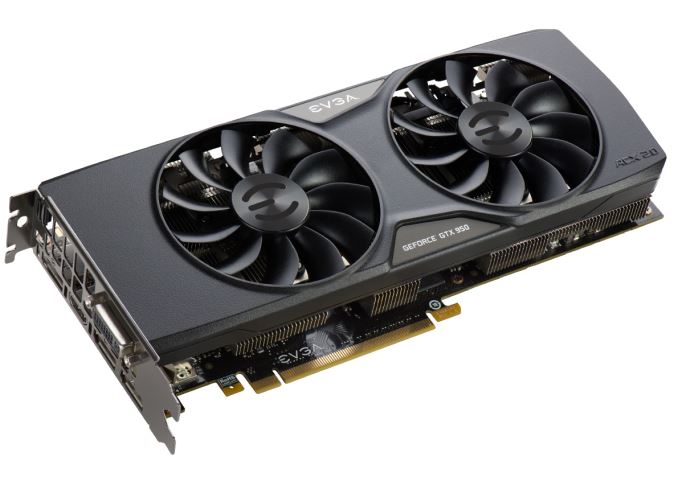
















Bookmarks